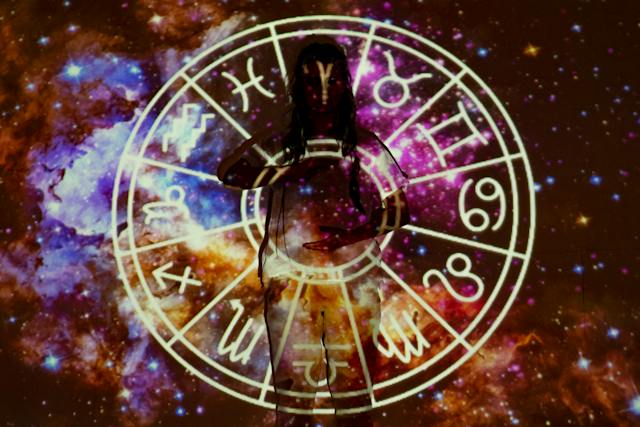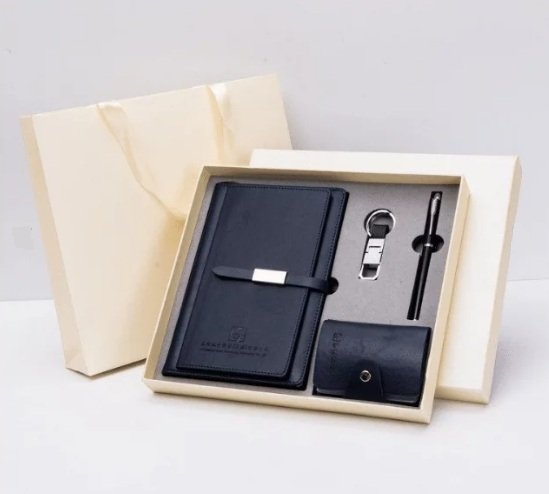
Hey there astrology enthusiasts! Are you interested in learning more about synastry, specifically the common aspects that come up between charts and what they mean?
Synastry compares two natal charts to analyze the astrological compatibility between two people. It provides insight into the dynamics of a relationship.
Certain planetary aspects tend to be more significant than others in shaping the course of a partnership.
In this post, we’ll explore some of the most notable aspects in synastry and what they signify. Read on to learn how to interpret these pivotal placements when comparing charts!
The Conjunction – A Strong Blend of Energies
Let’s start with the conjunction – this is when two planets are aligned closely together. Conjunctions indicate a fusion of planetary energies – the energies and drives of the two planets become integrated.
This can go one of two ways in synastry. One, it can show an easy affinity and understanding between you and your partner’s approaches. But on the other hand, it can also represent too much of the same energy creating friction.
For example, say your Mars conjuncts your partner’s Mars. This demonstrates a similarity in your drives, passion, and even aggression levels. This can be great if you’re both assertive go-getters who will motivate each other.
But if you both have jealous tendencies or anger issues, this aspect could stir up conflict. The conjunction is not inherently good or bad – you have to look at the planets involved and how their combined energy plays out between you.
Overall though, conjunctions show a blending of key parts of yourself and your partner.
The Trine – Harmonious and Supportive
Next up is the trine. When two planets are about 120 degrees apart, they form a trine in the birth chart. Trines are considered to be harmonious, flowing aspects. They indicate energies that are compatible and reinforce one another.
In synastry chart overlays, trines reveal where you and your partner naturally understand each other and are supportive of each other’s needs.
For example, say your Moon trines your partner’s Venus in synastry. This shows an emotional affection and appreciation between you. You feel nurtured and cared for by them, and they feel loved and valued by you.
Your needs for security and their needs for love are in sync. Or, your Mars trine your partner’s Jupiter could indicate mutual inspiration to take courageous action and expand horizons together. Trines show where you and your partner align seamlessly and encourage each other’s expression.
The Sextile – Cooperative and Friendly
The sextile is similar to the trine in that it’s considered a “soft” aspect. It’s formed when planets are around 60 degrees apart in the natal chart.
Like trines, sextiles indicate planetary energies that are cooperative rather than discordant. The energies integrate efficiently. This bodes well for synastry between you and your partner. Sextiles reveal the friendly, mutually beneficial dynamics between you.
For instance, say your Sun sextiles your partner’s Moon. This highlights a warm-hearted friendship between you. You have a comforting effect on their emotions, and they nurture your goals and identity.
Or, your Venus sextile your partner’s Mars points to an affectionate physical connection. Overall, sextiles in synastry show where you naturally see eye-to-eye and join forces smoothly.
The Square – Challenging But Dynamic
Unlike flowing trines and sextiles, the square aspect indicates tension and obstacles. Squares form when planets are 90 degrees apart.
The planetary energies involved clash and don’t mesh seamlessly. This requires effort to find balance. In synastry though, squares can represent productive dynamics between partners. The tension keeps things interesting and drives growth.
For example, say your Moon squares your partner’s Saturn. This indicates emotionally comforting needs colliding with pragmatic realism. Alternatively, your Mars square your partner’s Uranus can point to clashing between your directness and their rebelliousness.
Squares show where you and your partner have to work to understand each other’s approaches and reach compromise. But in doing so, you both become more well-rounded people. The friction of squares keeps the relationship from stagnating.
The Opposition – Polarization Creates Passion
According to Wisdom Tavern, oppositions occur when planets are directly opposite each other, or around 180 degrees apart. Like squares, oppositions produce tension between the planetary energies involved. However, oppositions tend to play out as polarized yin-yang style dynamics.
The energies contrast starkly, yet balance each other out. There’s a magnetic quality to oppositions that breeds attraction and fascination.
For example, your Moon opposition your partner’s Sun can indicate you provide emotional comfort while they encourage growth and identity. Also, Venus opposite Mars can bring together your romantic sensibilities and their sexual passion.
Oppositions show how you and your partner complete each other by being polar opposites. Your stark differences stoke intrigue and desire. Just beware of opposites becoming extreme and causing conflict.
The Conjunct Sun – Central Core Connection
A pivotal aspect to look for in synastry is the Sun conjunct Sun overlay. This happens when your Sun is aligned closely with your partner’s Sun.
Since the Sun represents your core identity, goals, and direction, this shows a profound convergence of your essential being and purpose. Your egos feed into each other, creating a central foundation to the relationship.
When your Sun overlaps with their Sun, it’s as if you orbit around the same star – you’re drawn into each other’s gravitational pull. This creates a sense of destiny and meaning in your union.
Your missions become intertwined; you inspire confidence and willpower in each other. The downside can be that your identities merge too much rather than stand as individuals. Harness the conjunction powerfully but beware of ego conflicts.
Moon/Venus – Emotional Connection & Affection
In addition to the Sun, lunar and Venusian connections between partners are highly notable. Your natal Moon represents your emotional needs and innermost feelings.
Connections between your Moon and your partner’s personal planets indicate a sense of emotional affinity, comfort, and care. Positive Moon synastry suggests an intuitive understanding of each other’s needs. Difficult Moon aspects can point to clashes between your feeling natures.
Similarly, Venus in synastry shows affection and love language compatibility. Your Venus sign, house, and aspects indicate how you give and receive love and appreciation. Favorable connections between your Venus and your partner’s planets suggest romantic pleasure, beauty, and harmony in relating. Challenging comparisons can indicate issues showing appreciation in the ways most meaningful to each partner. Prioritize Venus-Moon connections in reading relationship dynamics.
Sun/Moon Midpoint – Blending of Core Needs
An additional significant midpoint to consider is the Sun/Moon midpoint. This sensitive point combines the core masculine Sun energy and feminine lunar energy.
In synastry, you look at how each person’s Sun/Moon midpoint connects with the other’s planets. These connections reflect how central needs and motivations blend between partners.
For instance, your Sun/Moon midpoint trine your partner’s Ascendant suggests a seamless convergence of your inner self and outward manner, according to Mystical Prophet.
Alternatively, your Sun/Moon midpoint square your partner’s Venus can indicate clashing needs for identity and affection.
Study the Sun/Moon midpoint blends in each direction to understand how your deepest natures come together through better or worse. Harmony here foretells emotional fulfillment.
Juno Aspects – Relationship Needs
Speaking of sensitive relationship points, the asteroid Juno is illuminating in synastry. In astrology, Juno represents your relationship needs, patterns, and deepest gifts as a partner.
Where Juno sits in your chart shows what you seek and value in committed unions. Aspects between Juno and partners’ planets give clues about relationship dynamics.
For example, Juno trine Sun or Ascendant can indicate positively affirming your partner’s identity and validating them. Juno square Venus may point to clashes in values or love languages.
Juno opposite Moon can show polarized emotional needs requiring compromise. Observe how Juno interacts with your partner’s chart for insights on relating potentials and growth. Juno helps reveal your dance as partners.
Chiron – Healing in Relationships
Lastly, keep an eye on Chiron in synastry overlays. Chiron deals with our core wounds and weak spots, but also holds the keys to healing them.
In relationships, Chiron shows where we trigger each other’s sensitivities – but also can provide perspective that helps the other person grow beyond them. Pay attention to aspects between your Chiron and your partner’s inner planets.
For instance, Chiron square Venus can indicate gently helping your partner overcome insecurities about love or beauty. Chiron trine Mars points to inspiring your partner with courage and confidence when needed.
Chiron conjunct Moon suggests deeply nurturing each other’s emotional wounds over time. Chiron in synastry highlights the healing potential of the relationship when you care for each other’s vulnerable places with compassion.



